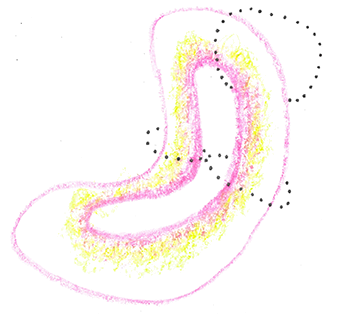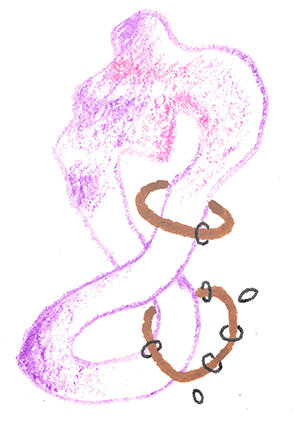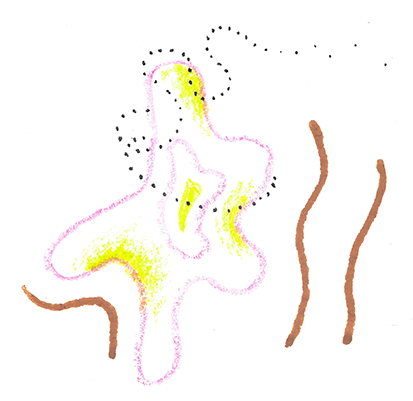Growing the Co-Creative Economy
*This is an excerpt from the book *Theory U: From Ego-system to Eco-system economies**:
First: Redraw the boundaries between cooperation and competition. Capitalism 2.0 is constructed on the logic of competition. The 3.0 economy adds government action on top of that (an example is the welfare state). Today we face challenges that are characterized by simultaneous market and government failure. These problems invite us to redraw the boundaries of competition and cooperation by introducing arenas of premarket cooperation among all sectors.
Second: The most efficient way to redraw the boundaries between competition and cooperation is to build arenas or platforms of co-creation within existing eco-systems in business and society. Eco-systems are societal systems plus their enabling social, ecological, and cultural context. Examples include education systems, health systems, food systems, energy systems, and specific business systems. The stakeholders in an eco-system share some scarce resources (the commons) that all partners have a material interest in preserving and sustaining instead of overusing.
Third: The platforms and arenas of eco-system innovation need new social technologies that help stakeholders shift their collaboration from ego-system to eco-system logic and awareness. One of these social technologies is Theory U. From a Theory U point of view, it would be key to build the following five types of innovation infrastructures:
- Infrastructures to co-initiate. Successful multistakeholder projects are built on the same currency: the unconditional commitment from one or a few local leaders who are credible in their own communities. If the eco-system is highly fragmented, the core group that co-initiates the project must reflect the diversity of the overall eco-system.
- Infrastructures for co-sensing. The simplest and most effective mechanism for changing our mindset from ego-system to eco-system awareness is to take people on sensing journeys to the edges of the system, where they can see it from other perspectives, particularly that of the most marginalized members. Shadowing practices and stakeholder interviews are other activities that help participants learn to see the system from the viewpoints of multiple stakeholders and from the perspective of the whole.9 Effective co-sensing infrastructures are the ones we lack most.
- Infrastructures to co-inspire. Another increasingly powerful leverage point in the area of distributed leadership concerns the use of mindfulness and presencing practices that help decision-makers to connect to their deep sources of knowing, both individually and collectively.
- Infrastructures for prototyping, or exploring the future by doing. Prototyping is a process. You stop worrying about what you don’t know and start acting on what you do know. A successful prototyping process requires a dedicated core group that is aligned around the same intention; a network of supportive stakeholders and users; a concrete “0.8 prototype” (one that is incomplete but elicits feedback from partners throughout the system); a firm resolve by the core group to push forward while integrating feedback from stakeholders; and review sessions that look at all the prototypes, conclude what has been learned, take out what isn’t working, and strengthen what is working.
- Infrastructures for co-evolving. Micro- and frontline prototype initiatives are seeds that leaders can plant and support in selected parts of the system. Growing, sustaining, scaling, and evolving these initiatives in the context of the larger system require cross-functional, cross-level, and cross-institutional leadership learning and hands-on innovation initiatives. In order to provide this support, the team at the top also requires a helping infrastructure to progress on their own leadership journey from ego- to eco-system awareness.
Other sources
ELIAS, the CDKN Action Lab Event, and the Girl Scouts—ACPC Leadership Circle have relates lessons to teach as well (haven’t had time to look into them).
Reference
Scharmer, Otto; Kaufer, Katrin. Leading from the Emerging Future: From Ego-System to Eco-System Economies (p. 187-189). Berrett-Koehler Publishers. Kindle Edition.
~ •• • •• ~


